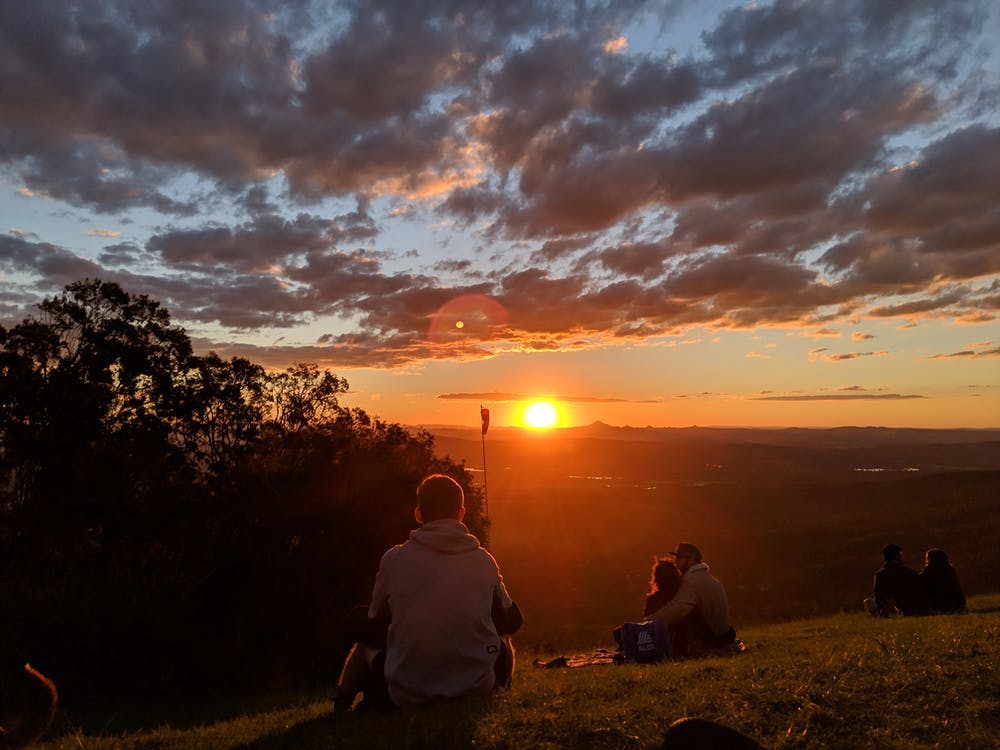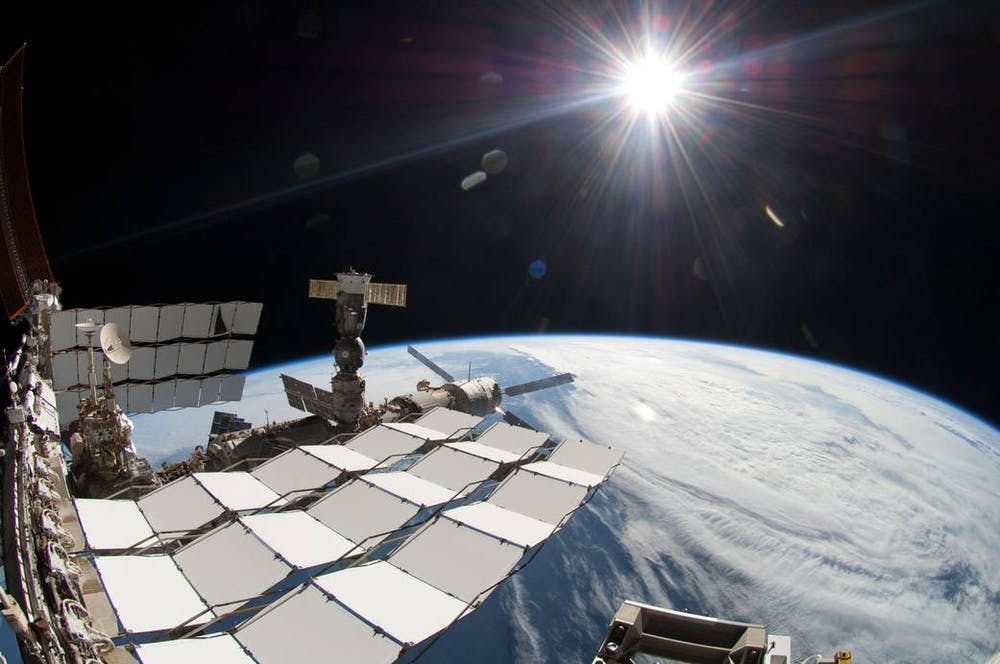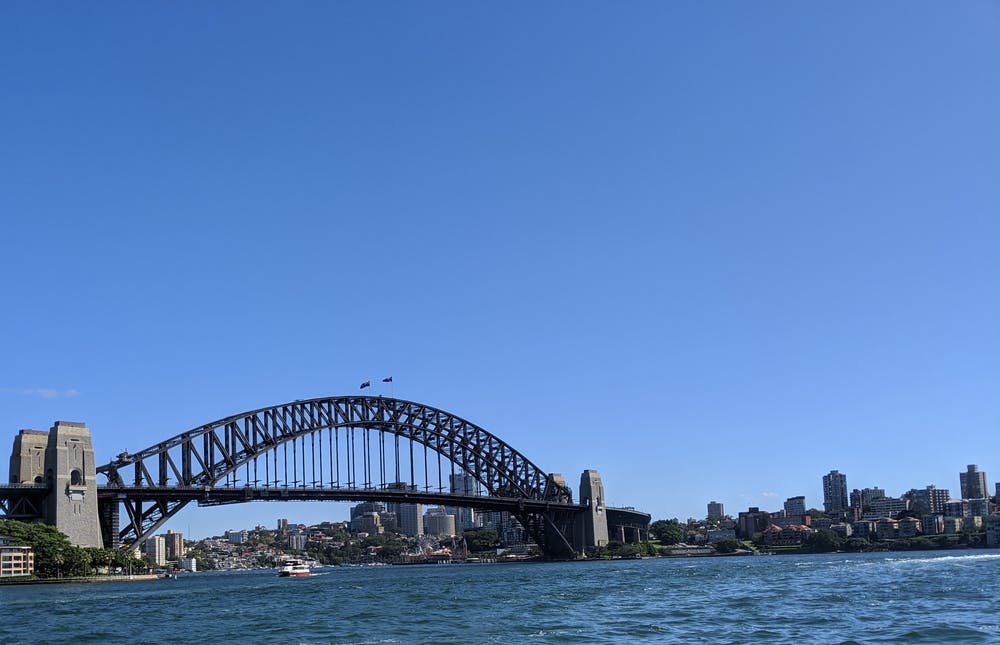Curious Kids: How does the sun make such pretty colours at sunsets and sunrises?


How does the Sun make such pretty colours at sunsets and sunrises? — Aisling, age 7, Mount Gambier, South Australia

This article was originally published at The Conversation. The publication contributed the article to Space.com's Expert Voices: Op-Ed & Insights.
Jake Clark, PhD Candidate, University of Southern Queensland
Nataliea Lowson, PhD Candidate, University of Southern Queensland
Hi Aisling. Thank you for this super interesting question!
We love watching all the pretty colours of sunsets and sunrises. But why does this happen, when most of the time the sky is just blue?
Well, it’s all because of light and the fact that light has colour. Believe it or not, the light around you is a combination of all the colours in the world.
Breaking space news, the latest updates on rocket launches, skywatching events and more!
But if this is true, why do we only see some colours in the sky at certain times, and not all of them?
To know this, we first need to know how day turns into night.

Earth goes dancing through space
Our planet, Earth, moves in space with seven other planets nearby. They all spin in circles on the spot, but also move in much larger circles around the Sun.
When the Sun is setting in Australia, this means our side of the planet is turning away from the Sun. During sunrise, we’re turning towards it.
Night time happens when we’re no longer facing the Sun at all. Daytime happens when we have twirled to face the Sun directly — so its sunbeams travel (very fast) directly to us.
Although you can’t tell by looking at them, beams of light from the Sun come in different sizes. Scientists measure these sizes using something called “wavelength”.
Each different wavelength of light has its own unique colour.
Earth is wrapped in its atmosphere
So we know why the sky is bright during the day and dark at night. And we know sunbeams come in different sizes, or “wavelengths”.
But how does it become the gorgeous colours we see during sunset and sunrise?
This happens because of an important blanket of air wrapped around Earth, called the atmosphere.
Earth’s atmosphere is made up of many very tiny objects called molecules. In fact, all things are made of molecules, including you and me.
But each molecule is much, much smaller than a grain of sand. They’re so small you can’t see them without a microscope — you can only see the bigger things they make.

How the atmosphere plays with light
When the Sun’s beams reach Earth, they meet the molecules in Earth’s atmosphere. The molecules then begin to play with the light — bouncing it back and forth between themselves. This is called “scattering”.
The longer a wavelength of light is, the longer it can keep scattering between the molecules in our Earth’s atmosphere before “tiring out” and going back into space.
Blue light has a shorter wavelength than red or pink light. This means it can only bounce between the molecules for a shorter distance.
When Australia is directly facing the Sun (daytime), there’s less atmosphere for the light to pass through. Blue light can easily come out the other side — giving us a blue sky.

The colours of sunrise and sunset
We already know Earth spins in its place. Remember that during sunset in Australia, we are circling away from the Sun and no longer facing it directly.
This means sunlight has to travel through a thicker slice of the atmosphere to reach us. This happens during sunrise too, when Australia is moving towards the Sun.
With this larger distance of atmosphere to cover, the blue light gets tired. It can’t keep up anymore, so it mostly bounces back out into space.
But the red, orange and yellow light have longer wavelengths. This means they can scatter for longer and travel through the atmosphere to reach us.
And this is why we have beautiful bright sunsets and sunrises.
This article is republished from The Conversation under a Creative Commons license. Read the original article.
Follow all of the Expert Voices issues and debates — and become part of the discussion — on Facebook and Twitter. The views expressed are those of the author and do not necessarily reflect the views of the publisher.

Hi my name's Jake Clark and my definition of a 'day job' is discovering alien worlds that no human has laid eyes upon before – pretty rad, right!? Based at the University of Southern Queensland's Toowoomba campus, my PhD research is using machine learning to help predict what stars host exoplanets, and in particular stars that are currently being observed by NASA's new planet finding mission, TESS.
Other research interests involve directly hunting for exoplanets using Queensland's very own planet finding telescope array MinERVA-Australis, re-calibrating the orbital parameters of known planetary systems and determining the chemical and geological composition of large rocky and small gassy worlds known as super-Earths.
During the spare time I do have, I'm a freelance science communicator informing and empowering everyday Australians about the importance (and fun!) of STEM. The usual suspect activities I'm involved with include: facilitating hands-on workshops in schools, running public observing nights in the Darling Downs, talking science on community radio and curating engaging media articles about the latest astronomical discoveries.
